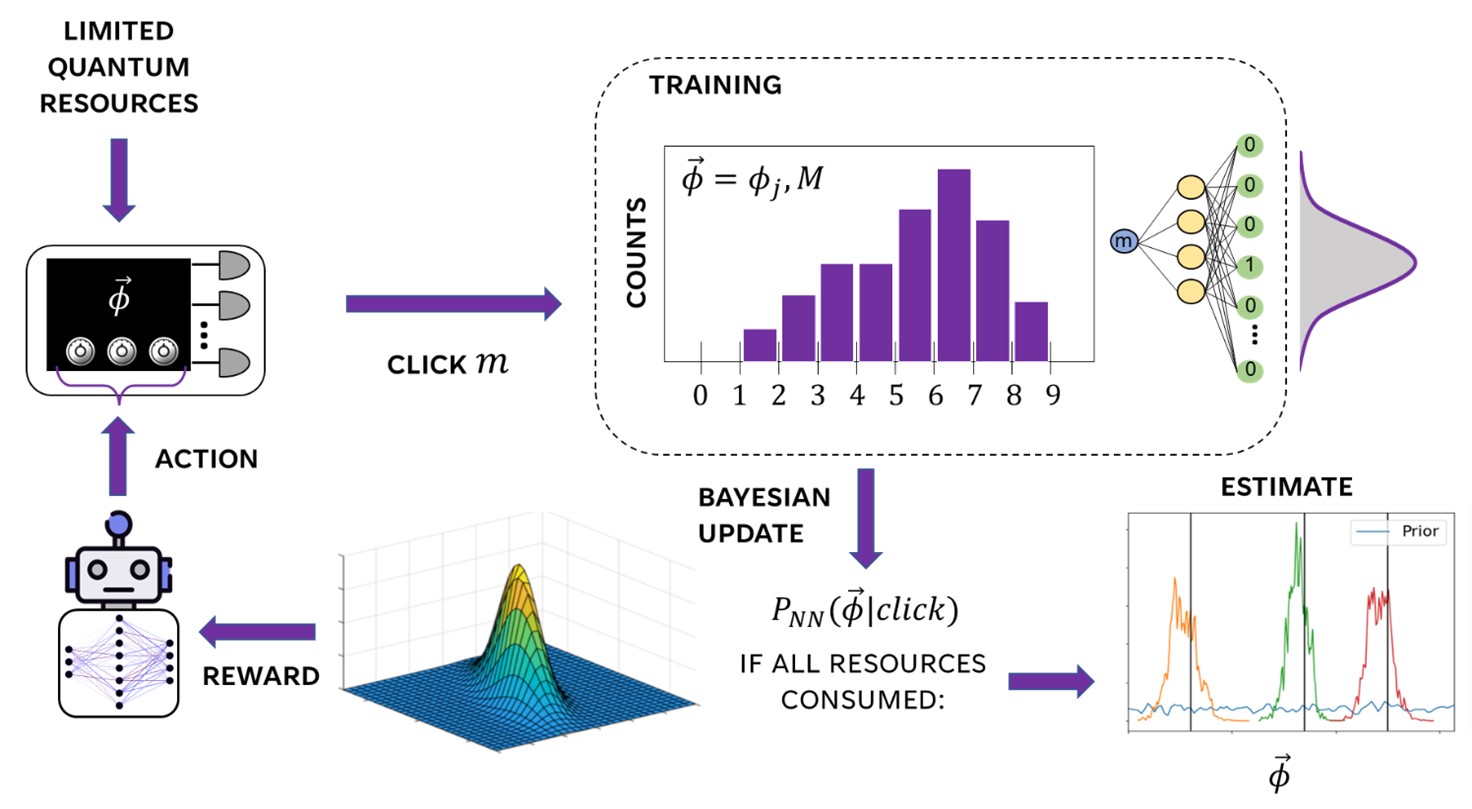
Quantum sensing represents one of the most promising applications of quantum technologies, with the aim of using quantum resources to improve measurement sensitivity...
Read More

Quantum sensing represents one of the most promising applications of quantum technologies, with the aim of using quantum resources to improve measurement sensitivity...
Read More
Researchers have demonstrated how two interfering photons can bunch into various shapes. These complex shapes are beneficial for quantum technologies, such as performing fast photonic quantum computations and safe data transfer. The method opens new possibilities also for creating enhanced measurement and sensing techniques.
As the digital revolution has now become mainstream, quantum computing and quantum communication are rising in the consciousness of the field...
Read More
Yale physicists looked for a signature of a discrete time crystal within a crystal of monoammonium phosphate. Credit: Michael Marsland/Yale University
Yale physicists have uncovered hints of a time crystal – a form of matter that “ticks” when exposed to an electromagnetic pulse – in the last place they expected: a crystal you might find in a child’s toy. The discovery means there are now new puzzles to solve, in terms of how time crystals form in the first place. Ordinary crystals such as salt or quartz are examples of 3D, ordered spatial crystals. Their atoms are arranged in a repeating system, something scientists have known for a century. Time crystals, first identified in 2016, are different...
Read More
Recent Comments